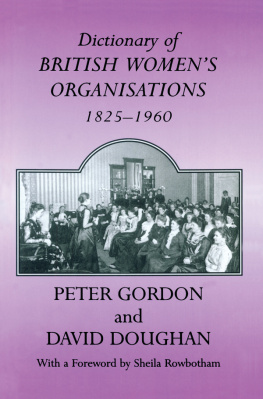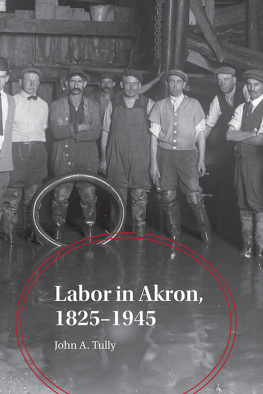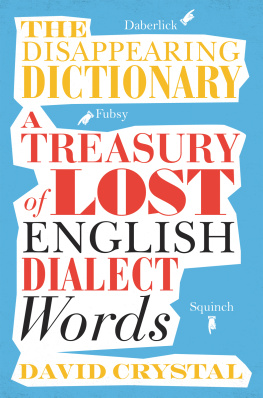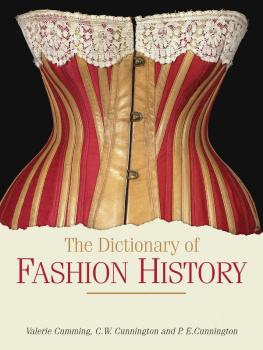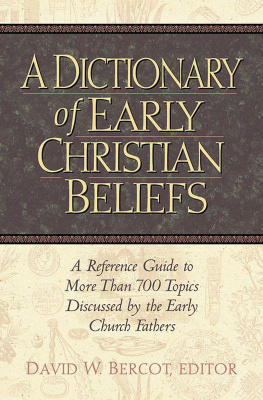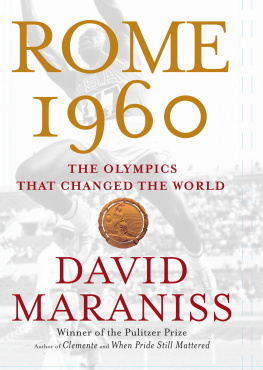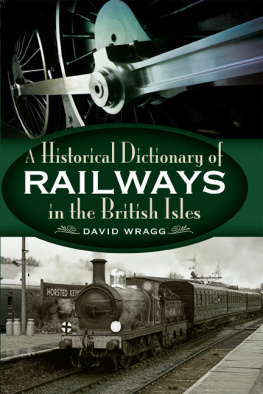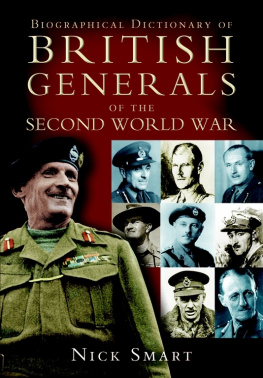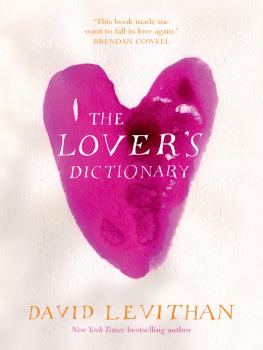DICTIONARY OF BRITISH WOMENS ORGANISATIONS
18251960
DICTIONARY OF
BRITISH WOMENS
ORGANISATIONS
18251960
Peter Gordon
and
David Doughan
With a Foreword by Sheila Rowbotham
First published in paperback 2002 by
WOBURN PRESS
This edition published 2013 by Routledge
2 Park Square, Milton Park, Abingdon, Oxon, OX14 4RN
711 Third Avenue, New York, NY 10017
Routledge is an imprint of the Taylor & Francis Group, an informa business
Copyright 2001 Peter Gordon and David Doughan
British Library Cataloguing in Publication Data:
Gordon, Peter
Dictionary of British womens organisations, 18251960. (The
Woburn education series)
1 .Women Great Britain Societies, etc. Directories
I. Title II. Doughan, David
305.402541
ISBN 978-0-7130-4045-6 (pbk)
Library of Congress Cataloging-in-Publication Data:
Gordon, Peter, 1927
Dictionary of British womens organisations, 18251960 /
Peter Gordon and David Doughan
p. cm. (Woburn education series, ISSN 1462-2076)
Includes bibliographical references and index.
ISBN 0-7130-0223-9 (cloth); ISBN 0-7130-4045-9 (paper).
1. Women Great Britain Societies and clubs Dictionaries. I.
Doughan, David. II. Title. III. Series.
HQ1945 .G67 2001
305.406041 dc21 00-012399
All rights reserved. No part of this publication may be reproduced, stored in or introduced into a retrieval system or transmitted, in any form or by any means, electronic, mechanical, photocopying, recording or otherwise, without the prior written permission of the publisher of this book.
CONTENTS
Between pages 118 and 119
This comprehensive dictionary of womens organisations is remarkable in its range; listings range from the Association for the Relief of Ladies in Distress through Non-Payment of Rent in Ireland, formed in 1881, to the Womens Anti-Opium Urgency Committee founded around 1908 to try and stop the opium trade from India. The well-known organisations are here, including those formed to campaign for the vote such as the Womens Social and Political Union. Also included, however, are the more obscure bodies such as various mens groups for womens suffrage and the Jewish League for Woman Suffrage.
I recognised old acquaintances from researching the history of womens political, economic and social organisations. However, while the Conservative Primrose League, the National Federation of Women Workers or the Womens League of Health and Beauty might be familiar, it is still extremely useful to have them chronicled so precisely. Many were new to me and delightful to discover. These included the Bath Club formed in 1894 to encourage exercise, particularly swimming. It was encouraging to think that women in the past had struggled to overcome laziness on chilly winters days. The Bath Club was all the more intriguing because members also used a Morris tube rifle range. Then there was the Ladies Guild of Change Ringers, started in 1912 for both tower and handbell ringers and still going strong.
Indeed, the dictionary demonstrates the tenacious longevity of organisations. The Society of Women Journalists, for example, dates from 1893. Its house magazine, which began in 1910, was the Woman Journalist. In 2000, this became the Woman Writer. Reading the entries provides an instructive means of seeing how social attitudes shift the University Club for Ladies transmogrifies into the University Womens Club in 1921.
Peter Gordon and David Doughans dictionary is a valuable reminder too that so many areas of seemingly new activity have a long history. There is, for example, a cluster of associations around keeping fit; along with the Bath Club we can find the All-England Womens Hockey Association (1886) and the Ladies Golfing Union (1893). The contemporary anxiety over wayward youth is reflected in the optimistic Snowdrop Bands of the late 1880s and the 1890s, which sought to persuade factory girls to avoid all wrong conversation, light and immodest conduct and the reading of bad and foolish books. While the idea of consumer participation found an interesting expression in the 1935 Womens Gas Council, formed to enable women who used gas in their homes to voice their opinions and co-operate with similar organisations working for improvements in home life. Some groups I thought might still serve a useful need. For instance, the Working Ladies Guild, created in 1877 to assist women who were not fitted for the rude competition now necessary for any chance of success. I can imagine quite a scramble to apply for such grants from academia and the media, and pleas to extend the scope to men as well as women.
The Dictionary of British Womens Organisations is a tribute to the organisational ingenuity of women from all walks of life in the past. Peter Gordon and David Doughan have given us a valuable reference book of impressive scholarship. I shuddered in sympathy thinking of all those hyphens they must have had to check and the inevitable confusions of woman and women which can arise in a compilation such as this. Yet they have contrived to produce a book which is also a pleasure simply to dip into. The Dictionary of British Womens Organisations not only informs, it also amuses and amazes.
Sheila Rowbotham
University of Manchester, January 2001
The authors would like to thank the following organisations for permission to reproduce illustrations: the Womens Engineering Society for illustrations . If any other persons or organisations believe they have claim for reproduction rights to any other illustrations, we ask them to contact the publisher.
Organisations of all kinds tend to be taken for granted, and it is only occasionally that there is an impulse to look closely at what they are and what they do. For example, in the late 1980s and early 1990s some of us in Britain were intrigued to note the interest shown by visitors from Eastern and Central Europe in the workings of our associations, clubs, unions and societies; we would reluctantly turn up out of a pure sense of duty at excruciatingly boring annual general meetings and other business sessions to find our visitors eagerly taking notes and asking complex questions about procedure and the way in which these bodies were organised. This was, of course, due to the concern with civil society in its various definitions from Locke through Leo XIII to Havel, for one of the most crucial features of civil society is the freedom to organise autonomously, independently of church, state or police. In Britain, and especially England, we pride ourselves on the fact that we have never needed to get official approval if we want to start up a philatelic society or a snooker club, unlike our less fortunate continental brethren. This is part of the inalienable heritage of an Englishman.
Historically, however, it has been much less likely to be part of the heritage of an Englishwoman, Scotswoman, Irishwoman or Welshwoman, who, as in the much-lauded Cleisthenic democracy of ancient Athens, was not considered to form part of civil society, or the polity in general. Both lite men and working men have had their clubs, parliaments, unions, lodges, guilds, congregations and the like, which may have been more or less inclusive, but the one category that was traditionally excluded from most, if not all, of them was that of women. In what came to be expressed as the separate spheres ideology of the nineteenth century, women belonged in the private sphere, while organisations were emphatically public. In practice this did not prevent women joining some male organisations, or forming womens sections or affiliates of mens organisations, or even on rare occasions organising independently (especially for the abolition of slavery), but it was not until the early to mid-nineteenth century that they started forming a large range of organisations. In fact there had been previously, and continued to be, many bodies working for the welfare, real or supposed, of groups of women (governesses, widows, emigrants, prostitutes, etc.), but their organisation had been mainly or entirely in the hands of men; womens autonomous organisation was relatively unprecedented.


